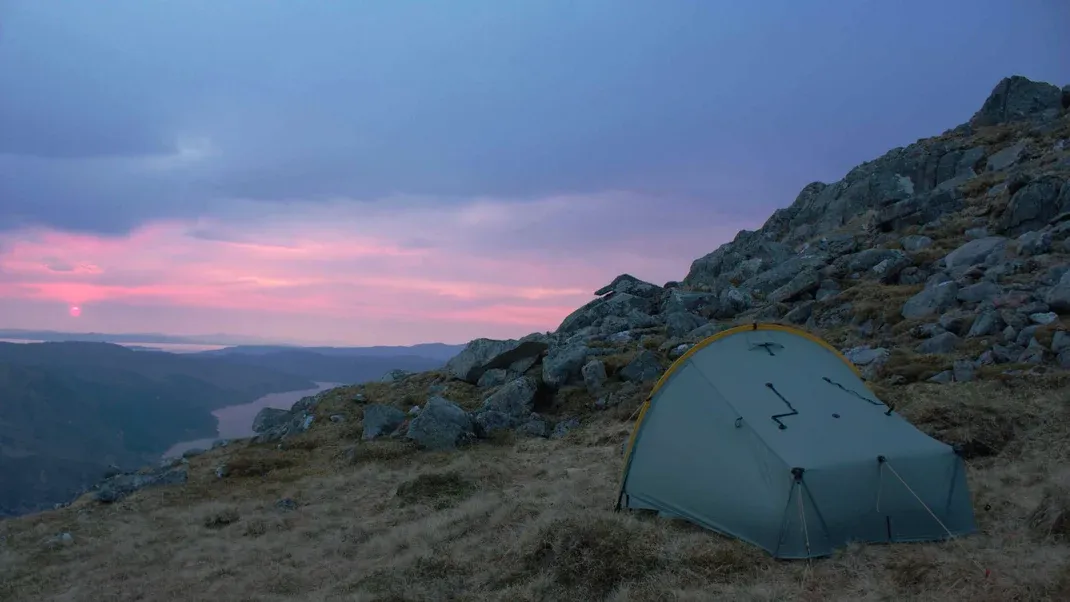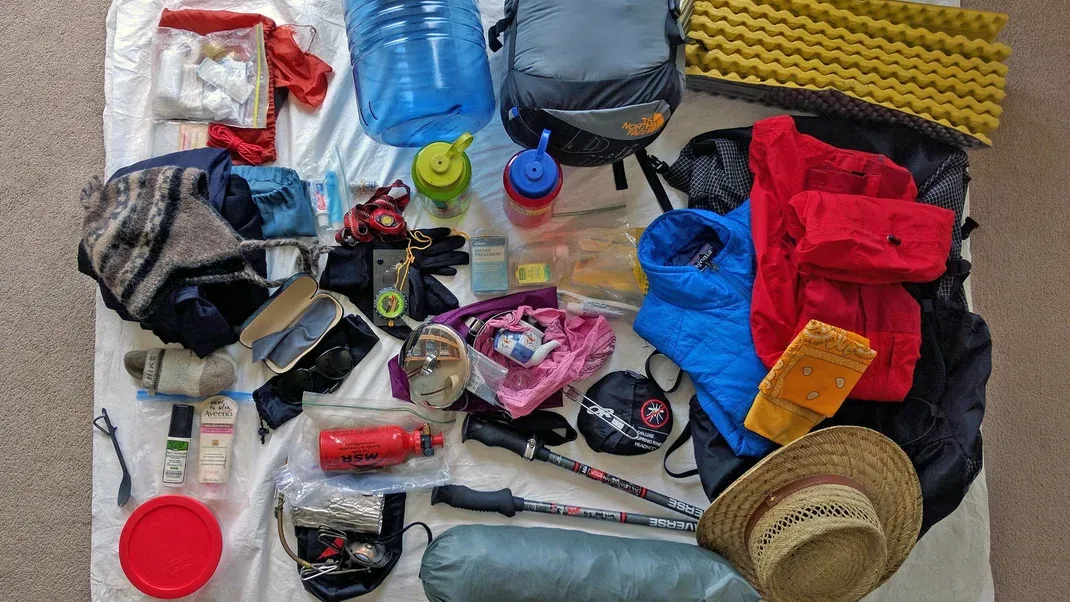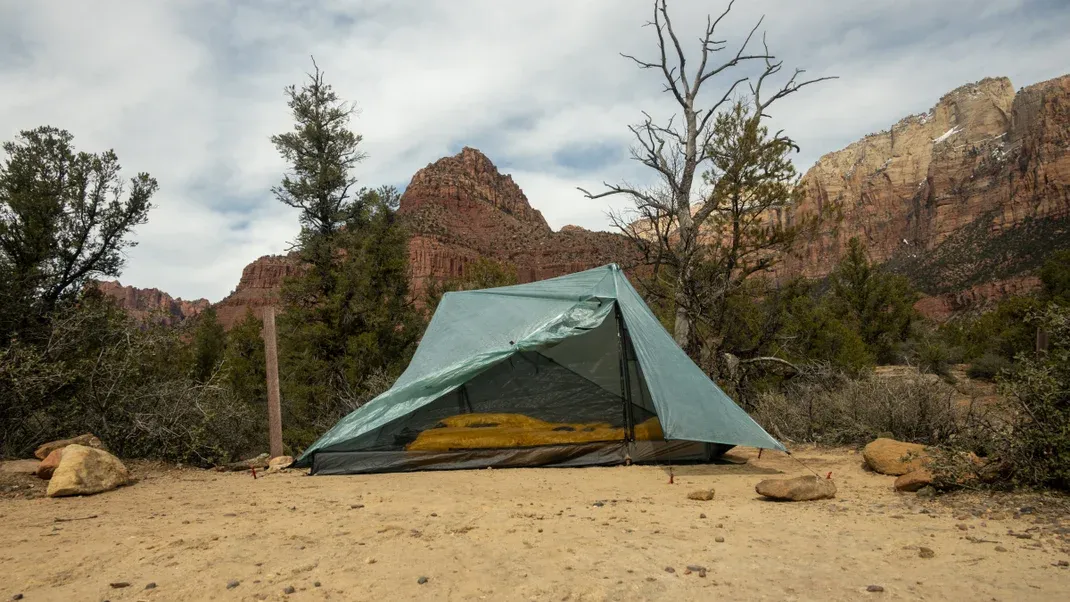My Ultralight Backpacking Setup Weighed Almost Nothing—and it Was Miserable to Use
In this article, the author describes their experience with an ultralight backpacking setup that weighed almost nothing. While the idea of carrying a lightweight pack may seem appealing, the author found that the reality of using such minimal gear was actually quite miserable. They found that the lack of support and comfort in their gear made for a difficult and exhausting trek. The author reflects on the balance between weight and functionality when it comes to backpacking gear, and the importance of finding a setup that prioritizes both comfort and practicality.

When I first decided to try ultralight backpacking, I was excited about the prospect of carrying a pack that weighed almost nothing. I spent months researching and carefully selecting the lightest gear available, and when I finally set out on my first trip with my ultralight setup, I was amazed at how little weight I was actually carrying. My pack was feather-light, my tent was barely noticeable, and even my sleeping bag seemed to disappear in my pack.
But as the miles passed and the days turned into weeks, I quickly realized that my ultralight setup was not all it was cracked up to be. In fact, it was downright miserable to use.
The first issue I encountered was the lack of durability in my ultralight gear. The materials used to make the gear so lightweight were not able to withstand the rigors of the trail, and I found myself constantly patching holes in my pack, tent, and sleeping bag. I had to be extremely careful with every step I took, and even the slightest brush against a sharp rock or thorny bush could result in a tear or puncture.
The next problem was the lack of comfort in my ultralight gear. While my pack may have weighed almost nothing, it offered little in the way of support or padding. I felt every rock and root beneath me, and my shoulders and hips ached from the lack of cushioning. My tent was so flimsy that it offered little protection from the elements, and I often woke up damp from condensation or soaked from a surprise rainstorm. And my sleeping bag, while incredibly light, provided little insulation and left me shivering through the cold nights.
Another issue I encountered with my ultralight setup was the lack of functionality. While the gear may have been lightweight, it lacked the features and conveniences that I had come to rely on in my traditional backpacking gear. My pack had minimal storage and organization options, making it difficult to access my gear on the trail. My tent was so tiny that I had to contort my body just to sit up, and forget about changing clothes or cooking a meal inside it. And my sleeping bag, while compact, offered little in the way of comfort or warmth, leaving me longing for the plushness of my old sleeping bag.
In addition to these issues, I also found that my ultralight gear lacked versatility. While it may have been ideal for warm-weather, fair-weather backpacking trips, it was ill-equipped to handle the challenges of more extreme conditions. I found myself drenched in sweat and overheated in the summer, and freezing cold and wet in the winter. I had to carry extra layers and gear to compensate for the shortcomings of my ultralight setup, negating the weight savings and defeating the purpose of going ultralight in the first place.
As I trudged along the trail, struggling with my ultralight gear, I couldn't help but feel a sense of disappointment and frustration. I had invested so much time and money into creating the perfect ultralight setup, only to find that it was not all it was cracked up to be. I longed for the comfort and reliability of my old, heavier gear, and I cursed myself for falling for the hype of ultralight backpacking.
In the end, my ultralight backpacking setup taught me an important lesson: there is a fine line between lightweight and impractical. While it may be tempting to shed every ounce of weight from your pack, it's important to consider the trade-offs and compromises that come with ultralight gear. In my case, the minimal weight savings were not worth the sacrifices in durability, comfort, functionality, and versatility.
So, as I packed up my ultralight gear and replaced it with more traditional, tried-and-true backpacking gear, I couldn't help but feel a sense of relief. I may have been carrying a heavier pack, but it was a small price to pay for the comfort, reliability, and peace of mind that my ultralight gear had been sorely lacking. And as I set out on my next backpacking adventure, I vowed to never again sacrifice practicality for the sake of minimal weight.




